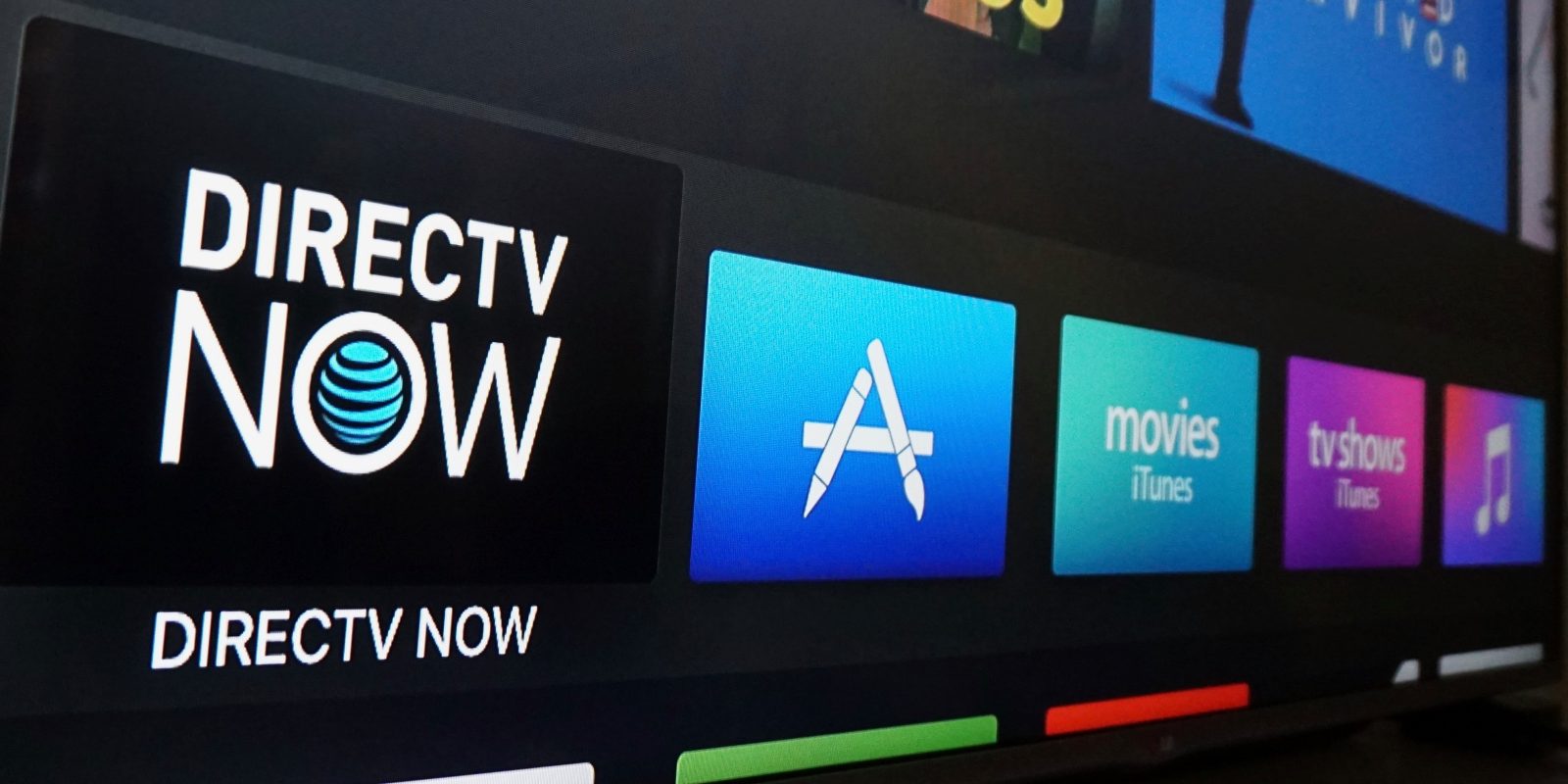“During the past few decades, modern technology, with radio, TV, air travel, and satellites, has woven a network of communication which puts each part of the world in to almost instant contact with all the other parts”. – David Bohm
For over decades now, DirecTV has been a renowned name that provides direct satellite service on television across United States. The direct satellite service for TV is a famous alternative for the cable connection that is generally used to get channels.

Even though cable television is not available commonly around the world hence the only alternative people are left with is to access channels using a service like DirecTV to watch some of that good quality TV. The service provided by DirecTV works seamlessly most of the times however occasional errors might pop up like the DIRECTV Error Code 775.

The DIRECTV Error Code 775 is the most famous error that occurs on DirecTV and it is extremely annoying when this error pops out of nowhere right at the time of your most awaited TV show on your favorite TV channel.
If you have gotten this DIRECTV Error Code 775, do not worry; in this article, we will explain what it means (i.e., what causes that error) and what you will need to do in order to fix it.
Possible Causes for the DIRECTV Error Code 775
There could be multiple reasons as to why the DIRECTV Error Code 775 occurs and it is essential that you have an idea about the causes of this error before you move ahead to troubleshooting them. This part of the article will guide you on some of the common causes for the DIRECTV Error Code 775.

If you ever see the DIRECTV Error Code 775 on the screen of your TV then you may have also seen that there will be a message saying that “the satellite dish you are using is unable to communicate with your receiver.” You must be wondering that this error messages communicates the reason for the DIRECTV Error Code 775 however do not be fooled by it because the information in this message doesn’t come all that handy rather this message signifies an error that could occur due to multiple reasons and will definitely not give you any hints as to how to get rid of this DIRECTV Error Code 775.
Typically this error for sure points towards the fact that there is a connection issue between the receiver and the satellite dish and this connection issue could be due to a number of reasons which you must identify.
The most common reason as to why this error message pops up is not due to power issues, seriously and if you are seeing the DIRECTV Error Code 775 then this could very well mean that the power is unplugged for any reason or the switch broke.
How to fix the DIRECTV Error Code 775?
If you do not know how to recognize the power inserter, just to give you a hunt it is a black colored box in a rectangle shape which directs the signal for satellite from the satellite dish connecting to the primary receiver (this is the one which is usually known for not getting connected to the satellite dish), and hence then distributes this signal according on to channels, playlists across devices on your house.
The customers who are using more than one TV set to stream channels using Direct TV through a power inserter may come across this error however if these aren’t your circumstances then the reason for error might be something else but in case you have your Direct TV service connected to more than one devices then this pretty much may be the reason for your DIRECTV Error Code 775.
To fix this error you need to go to the place where the power inserter is located and see that the green light on it is switched on. If this green light doesn’t show it essentially means that the power inserter is pretty much unplugged and you have to plug in again to get the connection restored between the dish and your primary receiver and this will indeed fix the issue.
Another reason as to why the DIRECTV Error Code 775 occurs would be because there may be an issue with the satellite dish itself which essentially means that the satellite dish isn’t pointing towards the correct direction for appropriate signals. In technical terms this is called the dish being out of “alignment”.